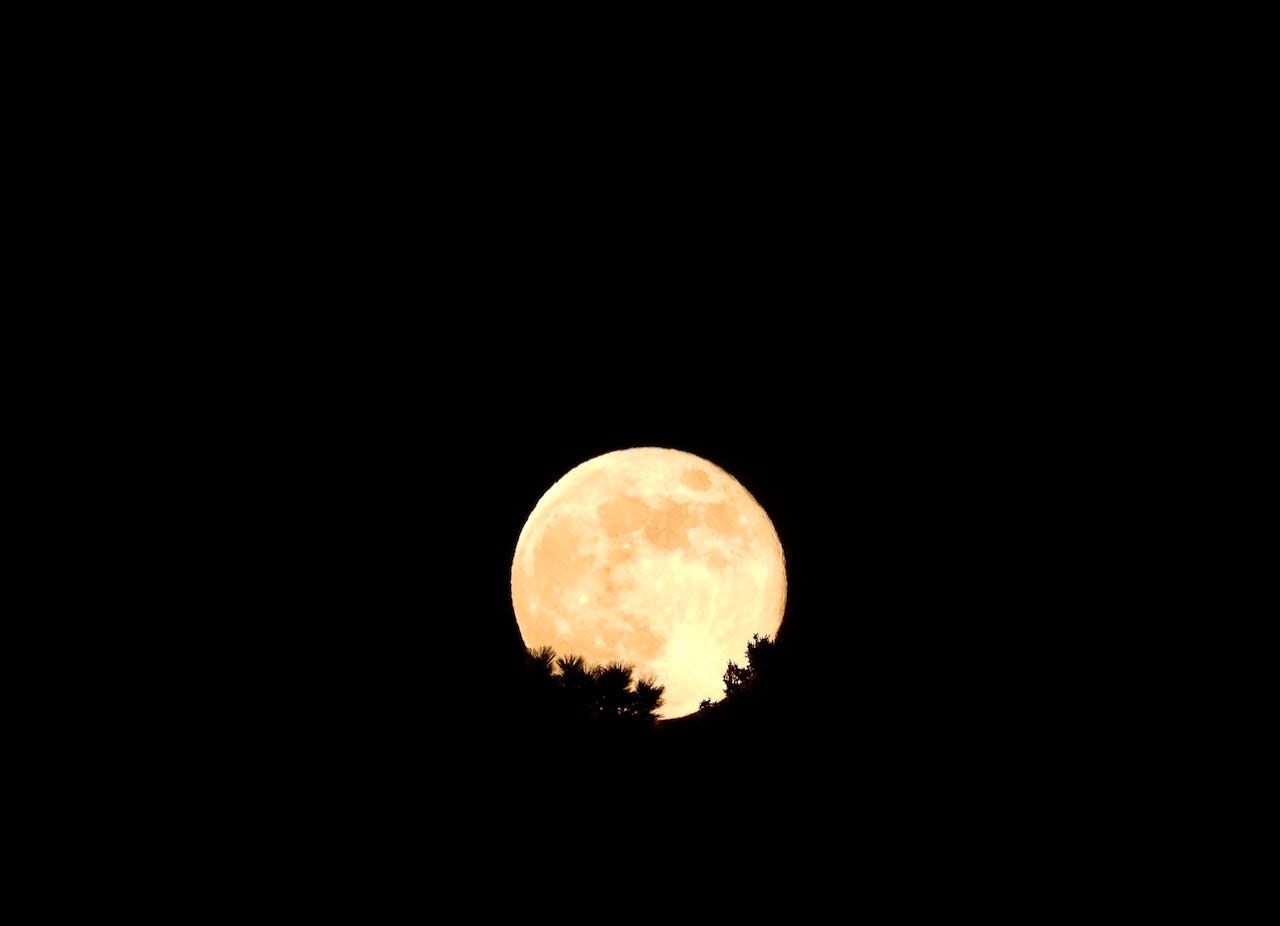Happy New Year! Busy weeks have curtailed my writing time, but soon I hope to get back to weekly posts. I’ve got lots of plans for these cold months. But, to help me out while he is on break, my son, 3rd year student at CU Boulder, offered to write a couple of guest posts for me. As long as we’ve been looking up at clouds, let’s keep looking up as there is more night than day right now. I’m excited that he’s written this! - Karen
Guest Written by G. Dalton Peck, Astronomy Major, Department of Astrophysics and Planetary Science, University of Colorado Boulder
Besides the spectacular scenery and abundant wildlife, life in the Foothills offers another, often underappreciated benefit: darkness. Here, on a clear night, the lights of the Denver area only amount to a faint glow on the eastern horizon, leaving the rest of the sky to be peppered with the vast expanse of stars. These celestial companions have stood in the same places and formed the same constellations in Colorado’s sky for millennia, so it’s only fitting that we get to know a few of them.
We’ll start with the most reliable and, perhaps, most important star in the northern sky. While every other star traces out a grand arc throughout the sky, most appearing and disappearing on the horizon, as Earth rotates about its axis, one star stays perfectly still as this cosmic ballet dances around it. Polaris, the North Star, attained this esteemed place in the sky largely by coincidence; Earth’s axis of rotation just so happens to point directly at it, with only the most microscopic deviation becoming apparent after long observation with a powerful telescope. And many telescopes are designed with this very star in mind; if you see a telescope mounted on what looks to be a needlessly complicated, off-kilter contraption of joints, knobs and counterweights, you’re looking at an equatorial mount, one designed to use Polaris as one of its axes of adjustment. This system, while appearing somewhat cumbersome, allows the telescope to point directly at a given set of stellar coordinates without intermediary calculations and gives it the ability to track an object’s path across the sky while only having to adjust one axis.
Polaris’s dependable place in the night sky also makes it a useful tool of navigation. Not only does locating it and making note of its position in the sky allow it to serve as a sort of “cosmic compass,” guiding merchants and explorers on land, at sea and even in the air for centuries, but its elevation above the horizon is also useful for determining one’s latitude. This works by taking advantage of another remarkable coincidence: that a human fist, at arm’s length, takes up around ten degrees of one’s visual field, meaning that, by “stacking” one fist on top of another, starting at the horizon until you reach Polaris, it’s possible to estimate your latitude with reasonable accuracy; for example, if it takes a stack of four fists to reach Polaris, that means you’re probably at a latitude of around 40 degrees (which happens to be the exact latitude of Baseline Road in Boulder, CO).
Polaris sits directly at the tail of Ursa Minor, the little bear, companion to Ursa Major, the big bear or “big dipper,” whose two stars on the side of the “scoop” opposite the “handle” happen to form a line pointing directly at Polaris! Coincidence after coincidence, right? Ursa Minor finds itself cradled by Draco, the dragon, and outward from there the celestial sphere expands to to include constellations such as Hercules, Bootes, Cassiopeia, and Andromeda.
Yet among these titanic figures of ancient myth, a few humble representatives of the natural world still find their place. These include a constellation defined by a sight familiar to many foothills dwellers: the long neck and outstretched wings of a waterfowl bird in flight. Despite its friendly, unassuming shape, Cygnus, the Swan, plays an outsized role in the history of astronomy.
In 1964, a small, unmanned “sounding rocket” carried one of the first X-Ray telescopes into the thinnest vestiges of Earth’s Atmosphere, where it discovered an X-Ray source in Cygnus, labeled Cygnus X-1, which later evidence would strongly indicate to be the first identified black hole.
As a constellation in the plane of the Milky Way galaxy, Cygnus would also prove to be where the Kepler Space Telescope, launched in 2009, focused its observations and discovered a vast share of the nearly 5000 exoplanets known to exist around other stars, some of which may be where we ultimately find life beyond Earth. For those with access to a hobby-grade telescope, Albireo, the star at the very head of the swan, proves to be an excellent example of a Binary System, revealing itself to be two stars locked in an eternal gravitational dance. (Make that three! As with a surprising number of binary systems, careful observation with especially high-powered telescopes revealed a third star to be present in the system, its brightness drowned out by the other two.)
Yet another, arguably more impressive multi-star system can be found in Ursa Major. These two stars, commonly known by their Arabic names Mizar and Alcor, are the two brightest in a system of what telescopes have revealed to be a total of five stars in one system! Perhaps the most notable property of Mizar and Alcor is that the two stars appear in the sky with an angular separation just on the edge of what a sharp, unaided human eye can perceive. This led to their utility as something of an old-world vision test, with anecdotes telling of ancient empires evaluating prospective archers on their ability to spot Alcor, the fainter of the two. This even spawned a Latin phrase, “Vidit Alcor, at non lunam plenam” - “He saw Alcor, but not the full moon” to refer to a person who obsesses with minutiae while missing the big picture.
Humanity finds itself now in an age in which our connection to the stars slips ever further from our grasp into a sea of artificial light from urbanization and energy production. Even so, industries feeding on the modern obsession with trends and popularity continue to capitalize on this frail link to the cosmos by peddling the alluring lore of astrology, the scientifically unfounded belief that the motion of the sun, moon, and planets relative to the constellations somehow directly influences an individual’s personality and day-to-day prospects. A number of questions confound this belief, such as what astrological signs could be given to alien beings hundreds of light years away under an entirely different night sky. Yet among the most damning points against this belief is its inextricable connection to the culture and mythology of only one part of Earth. The Ancient Greeks and Romans who named our commonly known constellations weren’t looking at them from the mountains, forests, and prairies of Colorado.
But someone was…
In the next post, we’ll discuss what they saw.
You can find my Abert Essays ‘Encounters’ post on my social media sites:
Sources:
Bowyer, S.; Byram, E. T.; Chubb, T. A.; Friedman, H. (1965), "Cosmic X-ray Sources", Science, 147 (3656): 394-398, Bibcode:1965Sci...147..394B, doi:10.1126/science.147.3656.394, PMID 17832788, S2CID 206565068
https://science.nasa.gov/mission/kepler/
Clerke, Agnes Mary (1901). The Herschels and Modern Astronomy. The Century Science Series. London: Cassell and Company. p. 82. OCLC 4530404.











